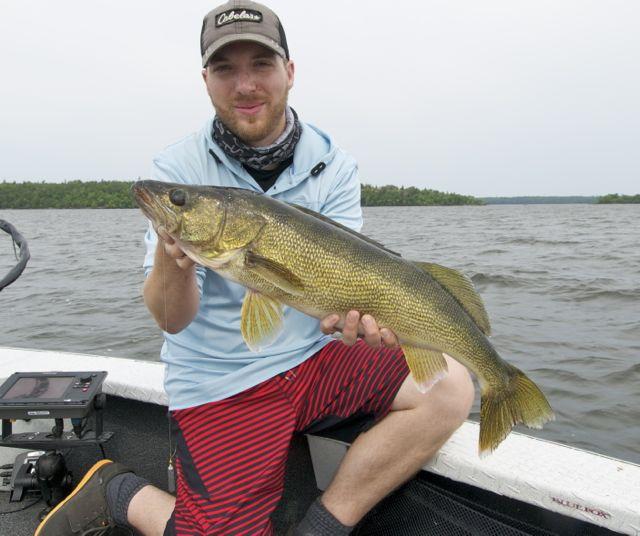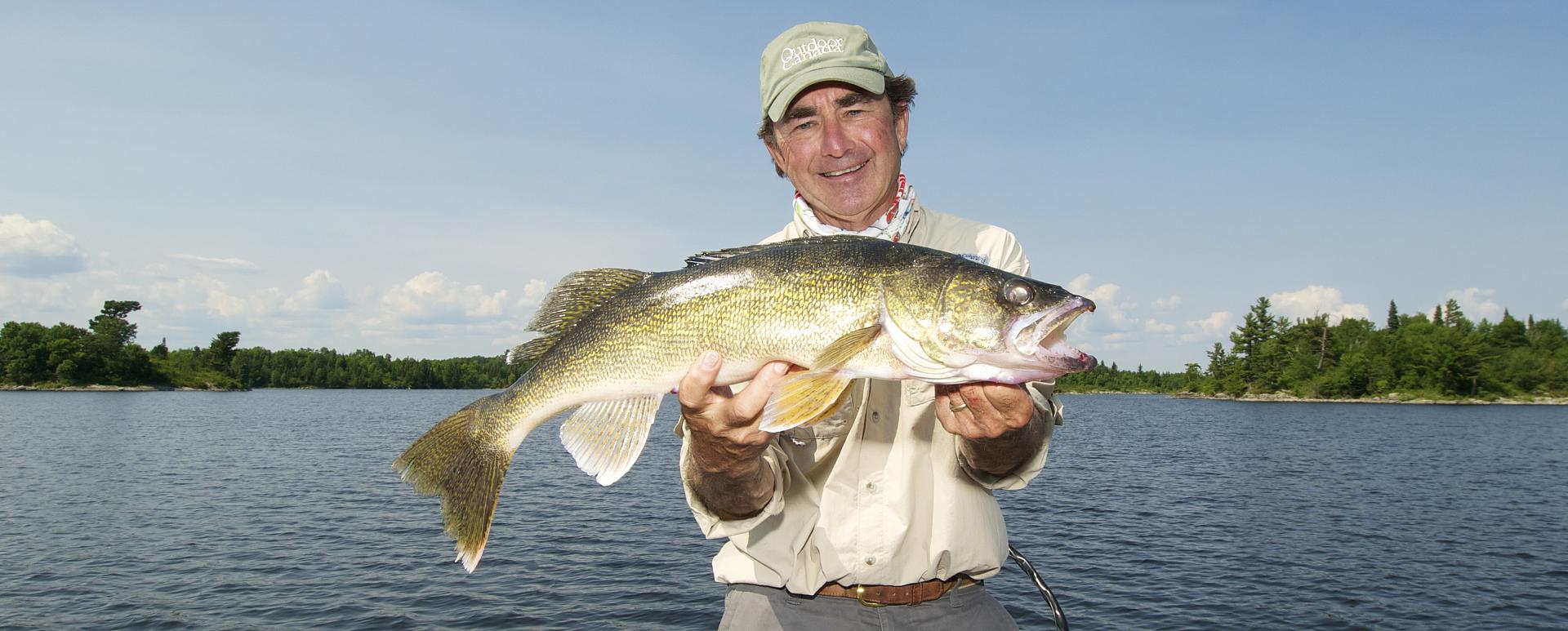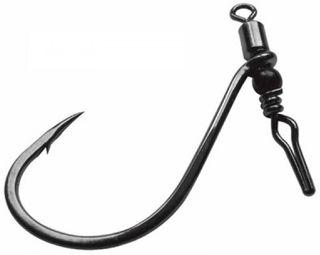Think bass are the only fish you can catch with a drop-shot rig?
Think again. Look out walleye, crappies, perch, trout and whitefish
Advertisement
WALLEYE

Most days, walleye are far less discriminating than bass, so drop-shotting for them with live baits is outrageously effective. In fact, drop-shotting may just be at its ultimate best when you tip a razor-sharp hook with a lively minnow, squirming leech or writhing nightcrawler—the three most common baits that walleye anglers use throughout the season.
My favourite time to get the drop on walleye is in midsummer on the hottest, brightest, flattest and calmest days. In other words, the toughest conditions you can imagine. I look first at the sun to determine the angle it’s casting shadows, then slowly cruise around the shady side of a structure, such as an underwater point, until I mark a school of walleye on the sonar screen. Then I punch in a waypoint, throw out a marker buoy and note how far up off the bottom the fish are hovering. Next, I lower the bow-mount electric trolling motor and stay half-a-cast away from the fish so as not to spook them.
Advertisement
Depending on the size of my bait, I use a #1 to #6 Gamakatsu Swivel Shot or VMC SpinShot drop-shot hook (below). Both totally eliminate the line twist you otherwise get from reeling in a spinning drop-shot rig. The other nice thing about these hooks is that you can use your favourite knot to tie them on. For line, I use six-, eight- or 10-pound-test Maxima Ultragreen monofilament or fluorocarbon line for my walleye leaders, attached by back-to-back uni-knots to a similar strength Sufix Nanobraid main line.
If I notice walleye are swimming a foot off the bottom, I’ll slide a cylinder-shaped Ultra Tungsten drop-shot weight onto the end of my line, about a foot below the hook. I like these weights because they have adjustable line ties that don’t require a knot. They’re also less prone to hanging up in the rocks than ball-shaped weights, and they shed weeds better.
Advertisement
When I cast out the rig, let it fall to the bottom and tighten up the line, I know my minnow, leech or crawler will be wriggling seductively in front of the fish. If I don’t get a bite after the initial fall, I drag the rig a foot or two and then pause again, for at least a minute while the live bait struts its stuff. Icontinue this procedure until I either hook a fish or retrieve the rig below the boat and cast again.


